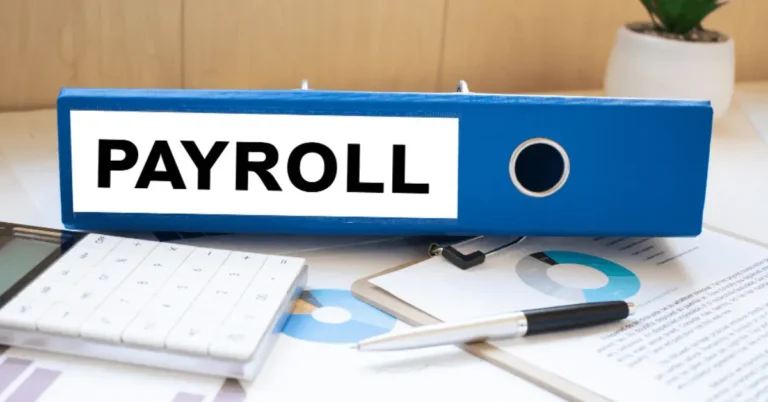In today’s fast-paced world, it can be challenging to maintain financial stability and save money for the future. With increasing living costs and a constant bombardment of tempting advertisements, it’s easy to get caught up in a cycle of overspending and struggling to make ends meet.
However, achieving financial stability and saving money for the future is not impossible. With the right strategies and mindset, anyone can take control of their finances and build a secure future. In this article, we will discuss some practical tips on how to save money and achieve financial stability.
Create a Budget
Creating a budget is the first step to saving money and achieving financial stability. A budget is a plan that helps you track your income and expenses, allowing you to make better financial decisions. Start by listing your monthly income, including your salary and any other sources of income.
Next, list all your fixed expenses, such as rent, utilities, and loan payments. Then, list your variable costs, such as groceries, transportation, and entertainment. By creating a budget, you will clearly understand where your money is going and where you can cut back.
Reduce Expenses
Once you have created a budget, it’s time to look for ways to reduce your expenses. Start by identifying areas where you might be overspending. For example, do you need that daily latte from an expensive coffee shop, or can you make your coffee at home? Can you switch to a more affordable phone or cable plan? Look for ways to reduce unnecessary expenses and redirect that money towards savings. You can also consider negotiating lower interest rates on your loans or switching to a more cost-effective insurance plan.
Track Your Spending
In addition to creating a budget and reducing expenses, tracking your spending is crucial. It’s easy to lose track of small purchases, such as a candy bar from the vending machine or a pack of gum at the checkout counter. These small expenses may not seem significant, but they can quickly add up.
Use a budgeting app or keep a diary to track every penny you spend. This will help you identify areas where you may be overspending and give you a better understanding of your spending habits.
Set Financial Goals
Specific financial goals can help you save money and achieve financial stability. Set achievable short-term and long-term goals, such as paying off debt or saving for a down payment on a house.
Please write down your goals and place them somewhere visible to remind yourself of what you are working towards. Seeing your goals on paper can help you prioritize your spending and make better financial decisions.
Start an Emergency Fund
Life is full of unexpected events, such as a job loss, a medical emergency, or a car breakdown. An emergency fund can provide a safety net during these difficult times. Financial experts recommend having at least three to six months’ worth of expenses saved in an emergency fund.
Start by setting aside a small amount of money each month, then gradually increase that amount as your financial stability improves. Remember, an emergency fund should only be used for emergencies, not impulse purchases or vacations.
Invest in Your Future
Saving money is essential, but investing in your future is also necessary. Make sure to contribute to a retirement account, such as a 401(k) or an individual retirement account (IRA).
If your employer offers a 401(k) match, take advantage of it to maximize your savings. Consider investing in stocks, bonds, or mutual funds to diversify your portfolio and potentially earn higher returns. It’s never too early or too late to start investing in your future.
Conclusion
Achieving financial stability and saving money for the future is difficult. It requires careful planning, discipline, and commitment. Creating a budget, reducing expenses, tracking your spending, and setting financial goals are essential.
Having an emergency fund and investing in your future through retirement savings and investments is also crucial. By following these tips, anyone can take control of their finances, achieve financial stability, and build a secure future.
Frequently Asked Questions (FAQs)
1. How much of my income should I save for the future?
Financial experts recommend saving at least 20% of your income for the future. However, this may not be feasible for everyone, especially those with low incomes. Start by saving as much as you can, even if it’s just a small percentage of your income, and gradually increase that amount as your income and financial stability increase.
2. Should I pay off my debt or save money first?
It’s essential to balance paying off debt and saving money. Start by creating a budget that allows you to do both. Try to pay off high-interest debt first, as it can save you money in the long run. At the same time, make sure to contribute to a savings account, even if it’s just a tiny amount each month.
3. Are there other ways to reduce expenses besides reducing daily purchases?
Yes, there are several ways to reduce expenses. You can consider downsizing your living space to save on rent or refinancing your mortgage to get a lower interest rate. You can also shop around for a better insurance plan or negotiate a lower cable or phone bill price.
4. How can I stick to my budget and avoid overspending?
One way to stick to your budget is to use cash instead of credit cards. This can help you visually see how much money you have left to spend and make you think twice before purchasing. You can also try the envelope budgeting system, where you allocate cash in different envelopes for specific expenses. Once it runs out, you cannot spend more in that category until the next budget cycle.
5. Is it ever too late to start saving for retirement?
No, it’s never too late to start saving for retirement. Even if you are close to retirement age, having some savings for your golden years is essential. Start by setting realistic retirement goals and contribute as much as possible to your retirement account. You may also want to consider working a bit longer or working part-time to increase your savings.






